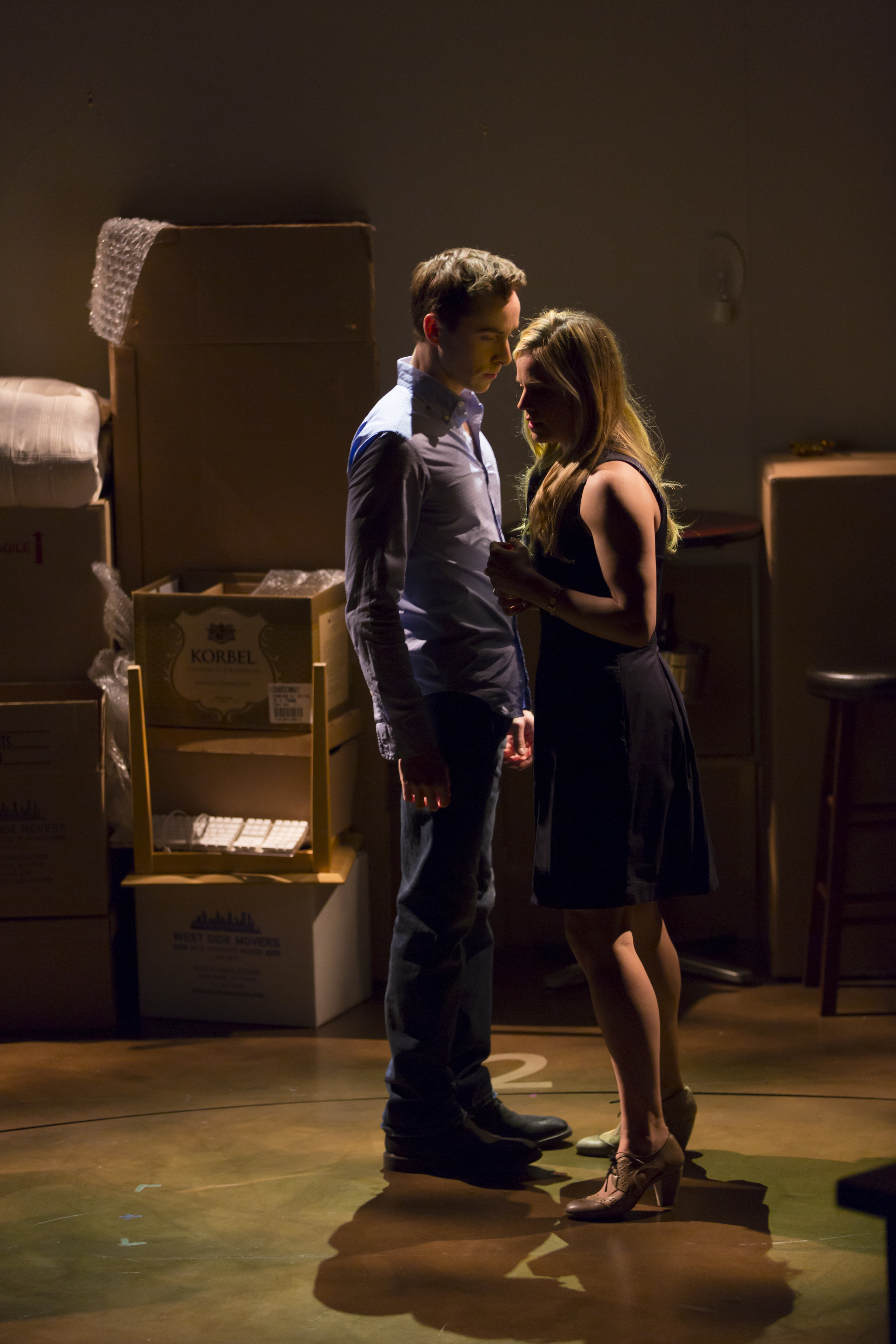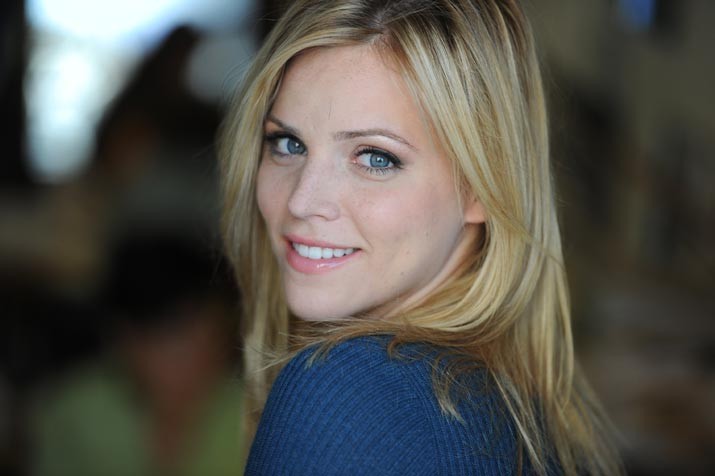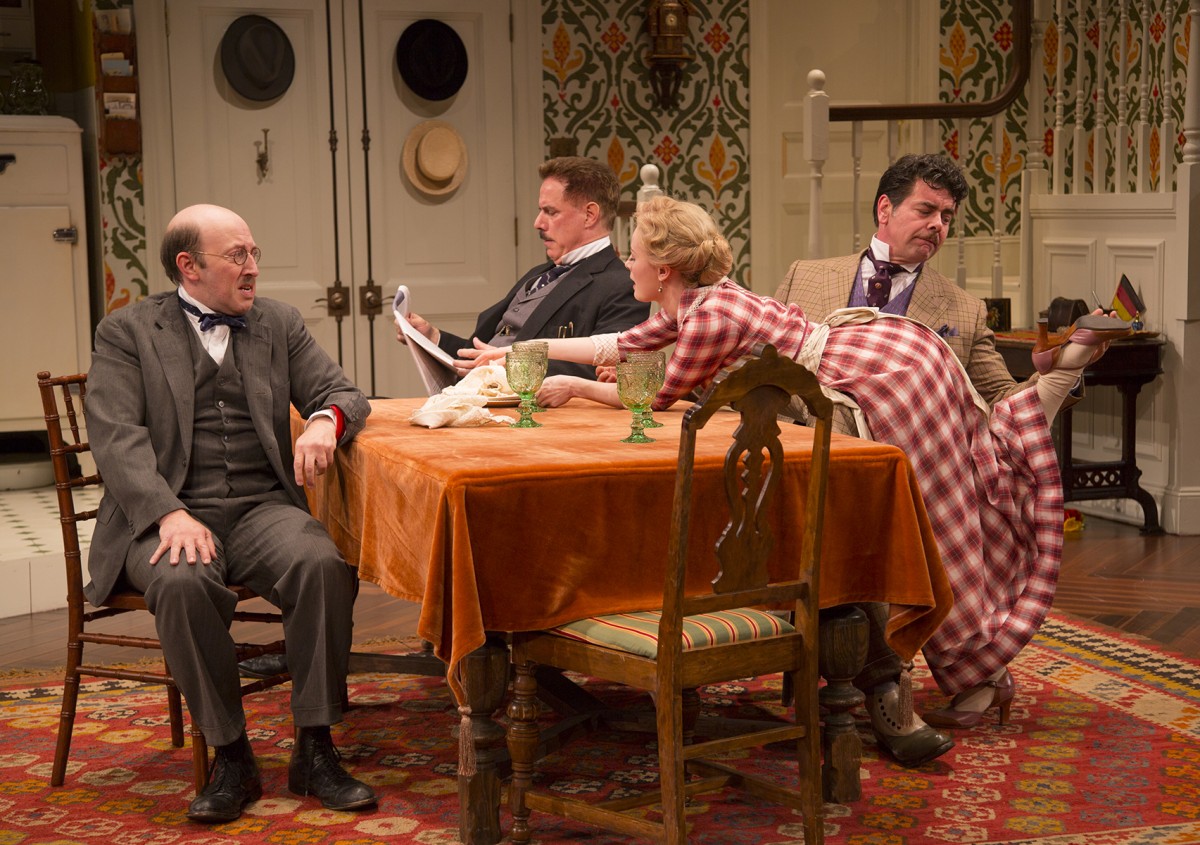Review of My Paris, Long Wharf Theatre
Post-Impressionist artist Henri de Toulouse-Lautrec certainly led a colorful life. As an aristocrat slumming in Montmartre, painting and drawing the denizens of the demimonde and the performers at Mirliton, a seedy cabaret his work publicized, Toulouse-Lautrec practically defined “bohemian.” What’s more, his health was poor and a disabling congenital defect left him with a man’s body on a boy’s legs. He was under 5 foot tall and had difficulty walking. Thus, in true romantic fashion, art was a way for him to overcome adversity—including a disapproving father. The heroism of Lautrec’s lonely, passionate, and talented life, lived in the milieu of entertainers with a lust for life, makes him an interesting choice as a subject for Charles Aznavour’s vibrant My Paris, with Book by Alfred Uhry, in an English adaptation by Jason Robert Brown. Directed and choreographed by Kathleen Marshall the show, after workshop productions last year at Goodspeed, is playing at the Long Wharf Theatre through May 29.
If we can forget how transformative Baz Luhrmann’s incandescent film Moulin Rouge! was back in 2001 (more or less destroying the tired mannerisms of movie musicals), we can find fun in this more direct and studious approach to the era. But even so, My Paris takes a little while to get into the good stuff. The decision to stress Toulouse-Lautrec’s relation with his family leads to a few scenes in the early going—“Father and Mother,” “Where Are You Going?”—that begin to make us wonder if we’ll ever get to Paris.
It’s well known that Toulouse-Lautrec hung out with the some of the premier artists of his day, but there’s no sign of them here. No doubt, the emphasis on family is meant to underscore Toulouse-Lautrec’s aristocratic origins and, given that his malady was in part due to in-breeding between cousins, milk the sorrows of the family drama element of his life story. And while performers like Tom Hewitt as Papa and Donna English as Maman are certainly worth our time, scenes about the manliness of hunting or a mother’s fears for her weak boy don’t make for interesting characterizations.
The cast of My Paris (photo: T. Charles Erickson)
The songs set in the Moulin Rouge are the winners that make this show worth seeing, led up to by Henri and his cronies singing “We Drink!”, a kind of “Off to See the Wizard” number that draws us in with its effortless brio, followed by “Vive La Vie,” a full-tilt company number that introduces the likes of charismatic Aristide Bruant (Jamie Jackson), and local sensations such as La Goulue (Nikka Graff Lanzarone), Le Chocolat (Darius Barnes), and Jane Avril (Erica Sweany), and “Au Mirliton,” which ends Act One breathlessly, but still in “introductory” mode. Unfortunately, those named stars of Toulouse-Lautrec’s scene won’t be anything more than figures on stage matching figures in his work, as none but Bruant, a cheeky master of ceremonies with a brilliant red scarf, get to assert themselves as characters.
The cast of My Paris (photo: T. Charles Erickson)
I was hoping, for awhile, that Sweany would get a number in her role as The Green Fairy—aka, absinthe, one of the stealers of Henri’s heart—but no such luck. Mara Davi as Suzanne Valadon, the other stealer of Henri’s heart, does get several expressive numbers such as the heart-stabbing “What I Meant to Say.” As Henri, Bobby Steggert carries himself with a fascinating blend of nonchalance and melancholy, or sangfroid and mauvais sang, in songs like “To Paint,” a call-to-arms; “The Honor of the Family,” a jaunty little knock-down of parental values; “Bonjour, Suzanne,” a celebration of his lady love, and, with Maman, “The Life I Lead,” a stunning bit of pop dialogue that works as the emotional center of Act Two.
Suzanne Valadon (Mara Davi), Henri de Toulouse-Lautrec (Bobby Steggert) (photo: T. Charles Erickson
The songs, with their easy rhymes and rhythms short-handing complex emotions, recall some of Jacques Brel’s tunes in spirit. Unlike some musicals one could name, where the setting or situations don’t immediately suggest song and dance, My Paris capitalizes on the fact that Henri haunts a world that is inherently theatrical, and Aznaour et al. find in his predicament pathos enough to sustain any amount of lyricism. While not strong on dramatic conflict—there’s no real villain other than overbearing Papa and Henri’s malady and alcoholism—the story has a satisfying arc of “misfit makes good,” and “urge to art finds success with unlikely subjects,” as well as plot points about unrequited love and the ills of dissolution.
The technical aspects of the show are all superb. The tiers of Derek McLane’s set manage to create a subtle sense of Henri’s small stature when necessary, and the distinct areas for tableaux backed with luminous projections of Toulouse-Lautrec’s work keep up a high level of visual interest throughout. The knock-out costumes are wonderful period recreations, including the Japonisme-influenced kimono the artist once posed in. The ensemble work of the dancers/singers is first-rate, having the kind of naturalness of expression that suits characters given to a showy sense of life. The variety of movements and the precision of it all is particularly impressive on Long Wharf’s relatively small amphitheater stage.
Where is it going? The Impressionists, as an artistic style and a style of being artistic, have never gone out of fashion in the public consciousness, and musicals this lively make for an agreeable evening out, giving viewers a vivid sense of art as a communal affair that suits theater more than most painter’s lives would.
Henri de Toulouse-Lautrec (Bobby Steggert), Suzanne Valadon (Mara Davi) (photo: T. Charles Erickson)
Mais oui—
vive Henri
au Paris!
My Paris
Music & Lyrics by Charles Aznavour
Book by Alfred Uhry
English Lyric Adaptation & Musical Adaptation by Jason Robert Brown
Directed & Choreographed by Kathleen Marshall
Associate Director/Associate Choreographer by David Eggers; Music Supervisor & Orchestrator by David Chase; Musical Direction by David Gardos
Set Design: Derek McLane; Costume Design: Paul Tazewell; Lighting Design: Donald Holder; Sound Design: Brian Ronan; Projection Design: Olivia Sebesky; Hair and Wig Design: Leah Loukas; Production Stage Manager: Chris Zaccardi; Assistant Stage Manager: Amy Patricia Stern; Casting by Telsey + Company/Craig Burns, CSA
Costume Construction: Roberta Hamelin; Jennifer Love Costumes; Long Wharf Theatre Costume Shop; Millinery: Stephanie Taff; Wig Supervisor: Samantha Abbott; Costume Crafts: Ann Marie Donnelly; Stitcher: Alexandra Nattrass
Cast: Darius Barnes; Mara Davi; Donna English; John Grisetti; Tom Hewitt; Anne Horak; Timothy Hughes; Jamie Jackson; Nikka Graff Lanzarone; Tiffany Mann; Kate Marilley; Andrew Mueller; John Riddle; Bobby Steggert; Erica Sweany
Dance Captain: Timothy Hughes
Musicians: David Gardos, conductor, piano, accordion; Sean Rubin, bass; Jeffrey Carlson, guitar, mandolin; Andrew Smith, violin
Originally produced by Goodspeed Musicals
Long Wharf Theatre
May 4-29, 2016











